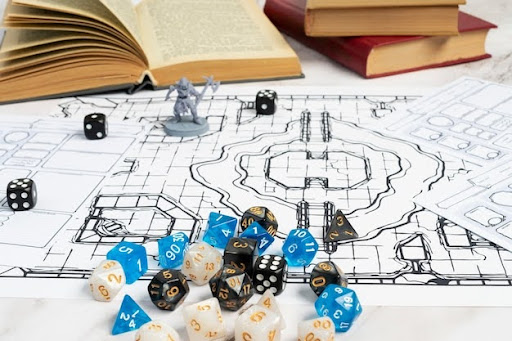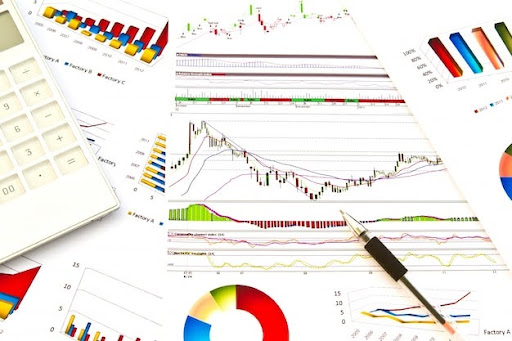Supply-and-demand diagrams look neat on paper. They’re clean, logical, and easy to follow. But they fall apart when you throw in feedback loops, strategic rivalries, or deep uncertainty. These basic tools give you a simplified view that misses the messy complexities of real economies.
That’s when advanced economic modeling steps up to the plate. Econometric analysis, game theory, macroeconomic forecasting, and mathematical optimization form a toolkit that works in the real world. These approaches directly shape policy decisions, strategic choices, and development interventions.
The stakes are real—get it wrong and entire communities can lose out on jobs, growth, even basic services.
Programs like IB Economics HL embed hands-on projects so students wrestle with modern economic intricacies, not just memorize curves. Grasping these gaps in simple curves sets the stage for a deeper look at where theory meets economic reality.
Beyond Basic Models
Basic supply-and-demand diagrams teach market fundamentals, but they buckle under multi-sector shocks, strategic interdependencies, and deep uncertainty. Critics argue that overly abstract frameworks fail to capture the nuances of economic interactions. That gap between neat theory and tangled reality is exactly what econometric analysis aims to close.
Econometric Analysis
Econometric analysis transforms observational data into quantified relationships through linear regression, time-series approaches, and hypothesis testing. Think of it as isolating a single conversation in a packed coffee shop. You’ve got to filter out all the background chatter to hear what’s actually being said. These tools let economists identify and measure how various factors impact economic outcomes.
Central bank economists use regressions to estimate the inflation-output trade-off and evaluate interest-rate rules. By quantifying these relationships, they make informed decisions that influence monetary policy.
But econometric analysis faces real tests.
Endogeneity and omitted variables can throw off results completely. Remedies like instrumental variables and panel data help address these issues, delivering more accurate results. While these regressions nail down cause and effect, strategists still need to anticipate their rivals’ next move.
Game Theory
Game theory captures competitive interdependence where actors anticipate rivals’ moves. Competitors treat pricing like a secret handshake—everyone’s trying to read the room while keeping their own cards hidden. This involves strategic-form games, Nash equilibrium, and dynamic extensions that model competitive interactions.
Corporate strategists use game theory to model competitor pricing or merger incentives through payoff matrices. This approach helps them anticipate and respond to competitors’ actions effectively.
Information asymmetry and the complexity of multi-period decision trees present pitfalls within game theory. Game theory stays essential despite the mess, but it still needs the big-picture perspective that only macro forecasting can provide.

Macroeconomic Forecasting
Frankly, forecasting tools project aggregate trends to inform policy and planning. Vector autoregressions and structural forecasting frameworks provide insights into future economic conditions.
Analysts integrate GDP, inflation, and labor data to predict turning points in the business cycle. These forecasts guide policymakers in making decisions that stabilize and grow the economy.
Scenario analysis and stress-testing help reduce forecast errors by considering various potential outcomes. This approach keeps forecasts solid even when uncertainty hits. Forecasting points to shifting winds—but steering resources wisely calls for a rigor you only get from optimization.
Mathematical Optimization
Optimization frameworks allocate resources efficiently under constraints using linear programming and nonlinear programming techniques. These approaches push resources to their most effective use.
International development specialists optimize budget portfolios to maximize social-welfare metrics. By balancing multiple objectives, they can address complex tests in resource allocation.
Multi-objective trade-offs and robustness checks are essential in uncertain environments. These considerations maintain optimization effectiveness even when conditions change. But the real magic happens when you combine all these approaches.
Integrated Practice
Real-world insight emerges when econometrics, game theory, forecasting, and optimization work together. You could run each technique separately, but that’s missing the point. A complete workflow might involve regression results informing a tactical game, whose outcomes shape forecast scenarios that feed into an optimization framework.
Think of it this way: each approach answers different questions, but the questions connect.
Sensitivity analysis and scenario triangulation act as guardrails against overconfidence in modeling outcomes. These practices keep frameworks flexible and adaptable to changing conditions. Without them, you’re flying blind.
Siloed modeling creates inconsistencies and blind spots. When techniques don’t talk to each other, you miss the intricacies of economic interactions. To bridge that gap between siloed frameworks and real-world uncertainty, students need hands-on, integrated training.
Developing Expertise with IB Economics HL
Rigorous curricula mirror professional practice to develop advanced analytical skills. Leading academic programs weave in econometric exercises, strategic games, forecasting labs, and optimization projects into their syllabi.
IB Economics HL shows this by integrating regression-based projects, game-theory case studies, macroeconomic simulations, and mathematical optimization assignments. Students work through complex economic tests using these tools.
The program’s research-oriented assessments replicate the iterative hypothesis-modeling-validation cycle that’s central to professional roles. Students test ideas, build frameworks, then validate results.
This hands-on experience prepares them for real-world applications. And as today’s techniques become standard fare, tomorrow’s economists are already chasing fresh frontiers.
Future Frontiers in Economic Modeling
Big data, machine learning, and global collaboration are reshaping modeling standards. Machine-learning algorithms process massive datasets to improve parameter estimation and boost forecast accuracy. They’re also getting better at generating realistic scenarios.
Cross-border data sharing changes everything.
Teams now pull expertise from multiple disciplines, and modeling approaches evolve faster than ever. You’ll need continuous professional development to keep up with these shifts. Putting these advances into one solid framework is how we’ll tackle today’s toughest economic puzzles.
Handling Economic Complexities
A four-pillar framework gives you what you need to handle today’s economic unknowns. Econometrics, game theory, macro forecasting, and optimization work together. They form a solid toolkit for policy, strategy, and development.
When analysts face tough strains, it’s the integrated approach that brings clarity. Not any single technique on its own.
This comprehensive framework maintains economic decisions get informed by a deep understanding of how factors connect. We’ve moved way beyond those simple supply-and-demand diagrams. And for good reason.
Ready to leave those simple curves behind? Start weaving econometrics, strategy, forecasting, and optimization into your next analysis—and see what clarity really feels like.


